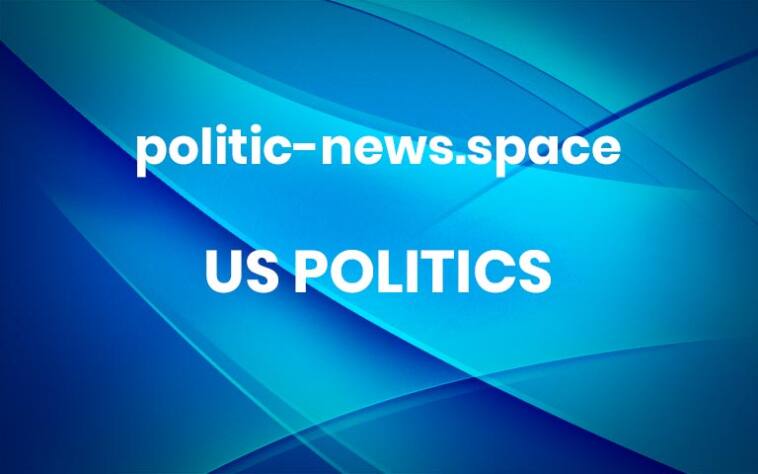Democratic lawmaker sues Trump over Kennedy Center’s name change
Joyce Beatty seeks to remove the president’s name from the newly minted ‘Trump-Kennedy Center’Democratic US representative Joyce Beatty of Ohio sued Donald Trump on Monday to seek the removal of his name from the John F Kennedy Center for Performing Arts in Washington DC.The lawsuit from Beatty, an ex-officio trustee on the board, argued that the vote to rename the Kennedy Center is a “flagrant violation” of law as congressional approval is required for such an action. Continue reading… More


